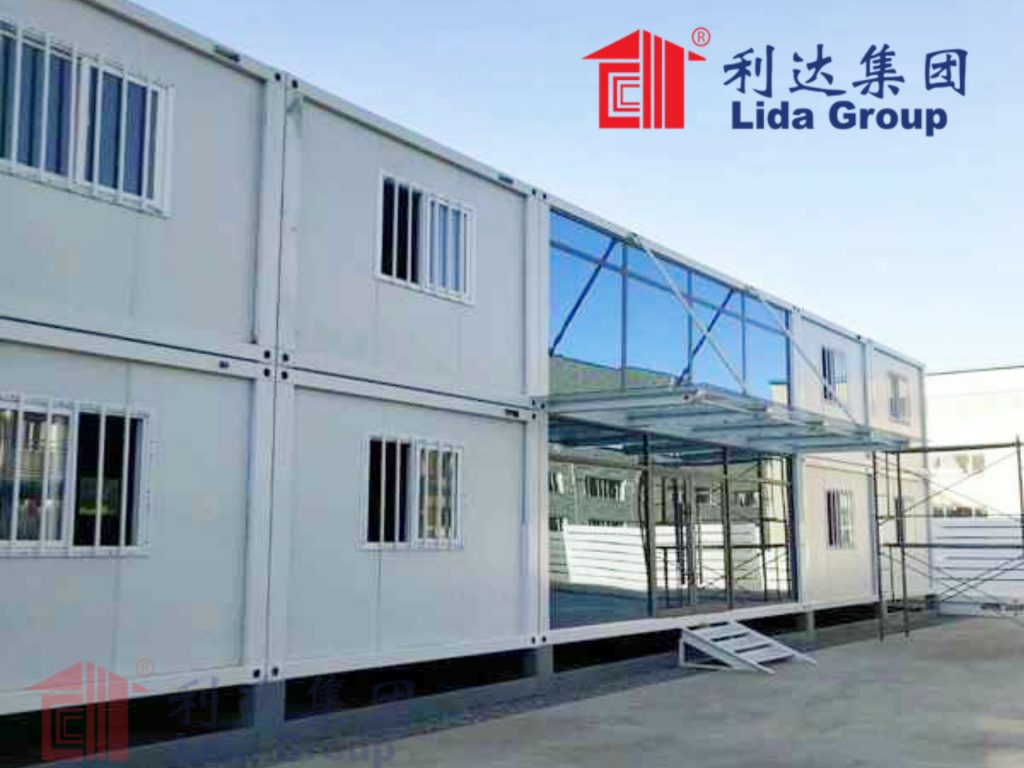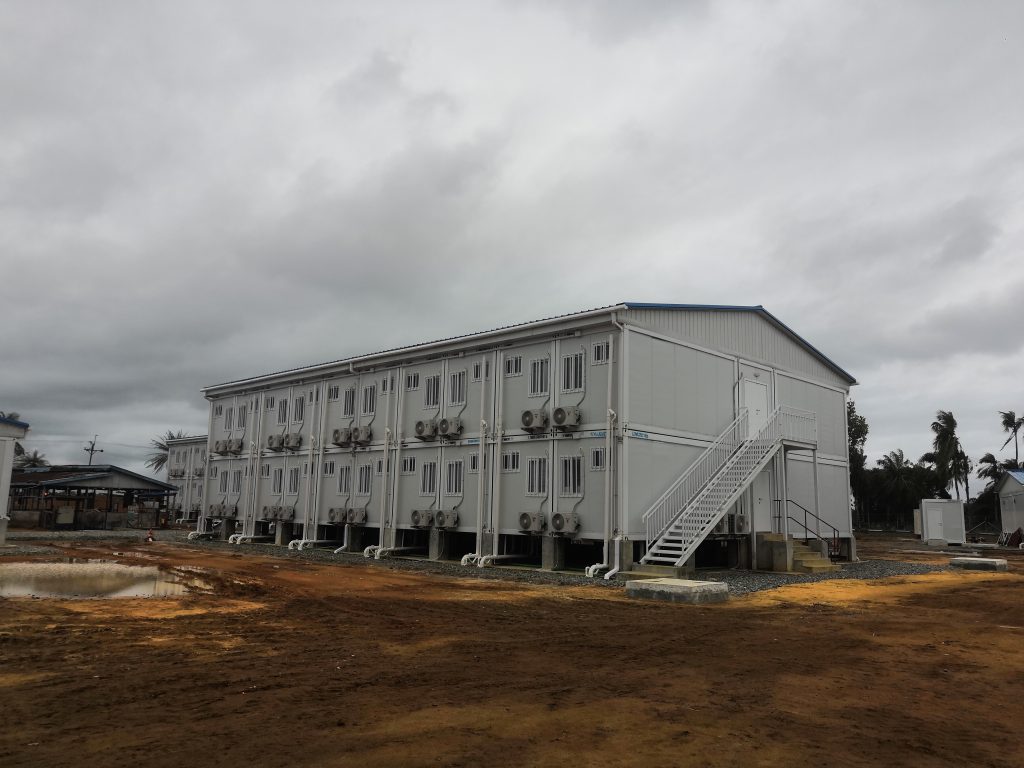Since delivering its pioneering container apartment developments, Lida Group has touted enthusiastic resident feedback celebrating the standardized homes’ space-efficient designs, ease of maintenance, and sustainability attributes. However, some voices remain skeptical container architecture can achieve the same status and longevity as traditional masonry construction over the decades, posing risks to property values if container neighborhoods fall into disrepair.
A survey of initial residents within Lida Group’s award-winning Chongming Eco Village development outside Shanghai reveals unanimous praise for the container apartments’ durable steel enclosures requiring little upkeep relative to traditional buildings. Resident Zhang told reporters, “After two years, these containers look as good as new without any of the cracks or leaks we experienced in previous concrete flats. I don’t worry about repairs, just enjoying more time with my family instead of maintenance work.”
Others mentioned appreciating the highly insulated and airtight containers keeping interiors consistently comfortable year-round, accounting for temperature swings and humid summers in Shanghai. Containers’ fireproof construction additionally provides peace of mind against the risks plaguing some wood-framed developments. However, some analysts question if containers can withstand corrosion from extreme weather or accidental impacts over 50-100 year building lifespans.

Jeffrey, an urban planning professor at Nanjing Tech University, expressed preliminary optimism towards the growing number of container apartment communities across China while maintaining an open yet cautious perspective. “Early indications show containers offer advantages for quick, affordable housing. But long-term durability requires further monitoring, as does integration within neighborhoods traditionally made of masonry. Public perception may impact property values if doubts emerge over time regarding containers’ permanence versus more conventional buildings.”
Kim advocated continued research characterizing how containers age aesthetically and structurally versus traditional materials under diverse climatic stresses. He also suggested surveying changing resident perspectives over decades as initial adopters pass properties to new generations. Close observation could help optimize long-term maintenance strategies preserving communities’ value propositions against concerns lending or insuring container buildings poses higher risks than permanent structures sometime in the future.
In response, Lida Group pointed to containers’ proven 50+ year design lives internationally transporting goods consistently without structural failures when properly maintained. Company R&D Director Lin stated, “Our rigorous production processes internally coat and reinforce containers far above maritime shipping requirements. Combined with planned refurbishment cycles, communities should retain integrity century-long just as traditional structures through regular upkeep.”

Lin acknowledged public views ultimately influence markets but expressed optimism modified containers upholding residential building codes may one day become standardized like other building materials. The company aims empowering homeowners associations managing refurbishment funds for ongoing cosmetic and coating Touch-Ups preserving aesthetics and property values continuously long-term through community cooperation and transparent standards Lida hopes set industry precedents.
Independent experts foresee raising public acceptance as container architecture proliferates and matures. “Any new building method faces doubts initially until proven over decades of safe, climate-resilient occupancy,” remarked housing analyst Chen. “As more communities stood the test of extreme weather without issues, perceptions will shift from concerns over novelty or perception of impermanence towards widespread social acceptance like other proven construction.”
Indeed, container architecture adoption continues accelerating globally alongside supportive policy reforms recognizing modular construction streamlining approvals. Municipalities strategically locate developments transferring risk over time through bulk purchasing vacant lands rezoned industrial for affordable housing expansion. Collaborative research meanwhile aggregates longitudinal performance data reassuring longevity concerns scientifically rather than subjective speculation alone.
Modular innovators visualize container architecture uplifting communities sustainably for generations ahead. With continued excellence through cooperation prioritizing dignified shelter, pioneers gain faith tomorrow’s cities house humanity equitably within local ecosystems through compassionately engineered solutions raising standards of living forever. An open yet diligent journey lies ahead pioneering responsible prosperity for all through ingenuity, understanding and perseverance together elevating civilization eternally.

Related news
-
Cutting edge or copycat? Lida Group defends its patented approach to producing completely assembled container apartment communities off-site and within tight deadlines.
2024-04-22 10:30:15
-
Lida Group CEO discusses strategic vision to disrupt traditional construction industry with container homes, reveals plans to build thousands of standardized prefab container apartment units per year.
2024-04-24 15:28:08
-
Funding Secured for Lida Group Pilot Project to Install Micro Container Apartments with Built-In Renewable Energy Systems for Off-Grid Affordable Housing Development
2024-04-17 17:38:26
contact us
- Tel: +86-532-88966982
- Whatsapp: +86-13793209022
- E-mail: sales@lidajituan.com


